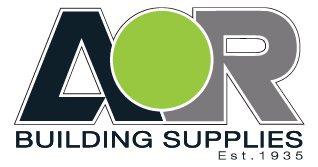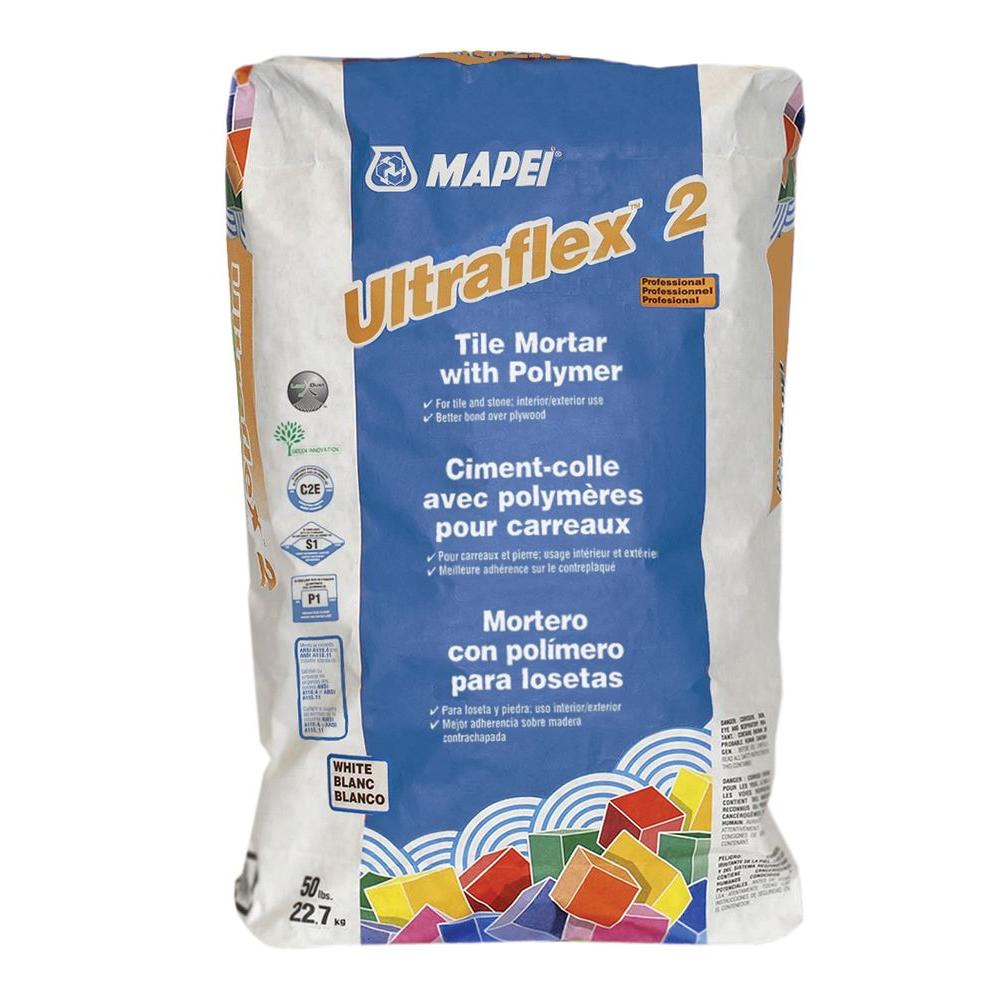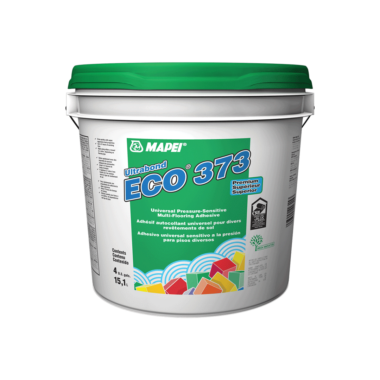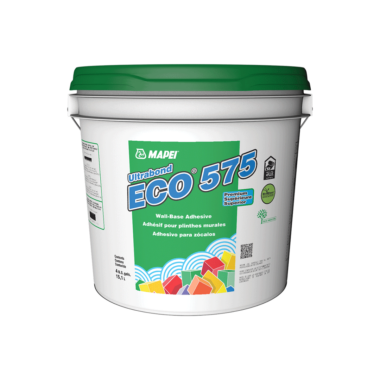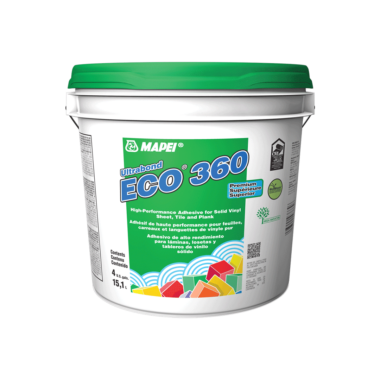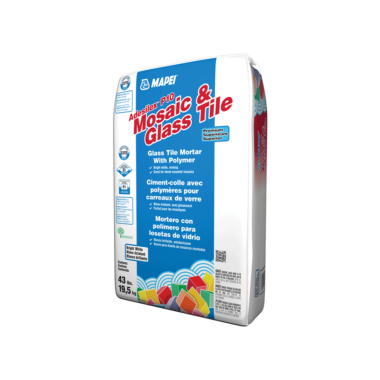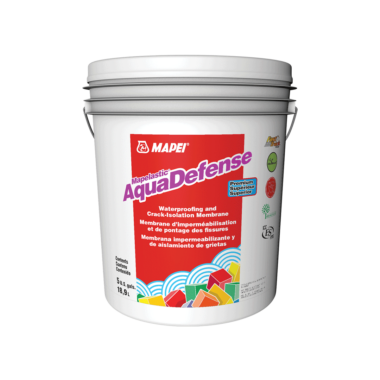Professional Tile Mortar with Polymer
Ultraflex 2 is a professional-grade, single-component, high-performance, polymer-modified thin-set mortar for interior and exterior installations of ceramic, porcelain and dimensional natural-stone tile. This mortar has a high content of unique dry polymer, resulting in excellent adhesion to the substrate and tile. Ultraflex 2meets or exceeds ANSI A118.4 and ANSI A118.11 requirements when mixed with water. Ultraflex 2 can be used for interior and exterior installations of tile in most residential floor and wall applications. In commercial applications, use on interior floor and wall installations and exterior floors.
FAQ
What size trowel should I use to spread my mortar?
There is never a “one size fits all” when it comes to proper trowel selection in tile installations. Selecting the right trowel depends on many different factors. As a general rule, trowels with small notches such as 3/16″ x 3/16″ x 3/16″ V-notched trowels are generally recommended for small tile 1″ x 1″ to 4″ x 4″ in size. Trowels with 1/4″ x 1/4″ x 1/4″ square notches are generally recommended for tile 4″ x 4″ to 8″ x 8″ in size. Trowels with 1/4″ x 3/8″ x 1/4″ notches are generally recommended for tile 8″ x 8″ to 12″ x 12″ in size. Back buttering is typically recommended for tile 12″ or larger on any one side. Trowels with 1/2″ x 1/2″ x 1/2″ notches are generally recommended for tile 12″ x 12″ to 18″ x 18″ tile. They are typically also a good choice for 6″ x 24″ wood plank look tiles. Note: the Technical Data Sheet and product packaging will provide coverage for typical trowel sizes.
What is the difference between thin-set and mortar?
Thin-set is a specialized mortar that has been designed to be applied as a relatively thin (3/32″ or less) layer. This is in contrast to ‘medium-bed’ (up to 1/2″ thick) and traditional ‘mud bed’ installations (1″ or more). So, all thin-sets are mortars but not all mortars are thin-sets.
What is a ‘medium-bed’ or a ‘Large and Heavy Tile’ mortar?
Mortars designed to be used with large tiles (greater than 15″ on any side) or heavy tiles (more than 5 lbs per square foot) used to be called ‘medium-bed’ mortars because they could be used thicker than thin-sets. Because they also have other favorable properties (such as the ability to hold up heavy tiles without slumping), they have recently been renamed “Large and Heavy Tile Mortars” by the tile industry.
What is an uncoupling membrane?
Uncoupling membranes typically have properties of both crack isolation membranes (keeping cracks in the substrate from propagating through the tile) and waterproofing membranes (keeping water from getting to the substrate). Depending on the membrane, they may require either a polymer-modified mortar or a non-modified mortar. Our uncoupling membrane mortar is designed to work with uncoupling membranes requiring a non-modified mortar. Kerabond T is also good for these membranes.
